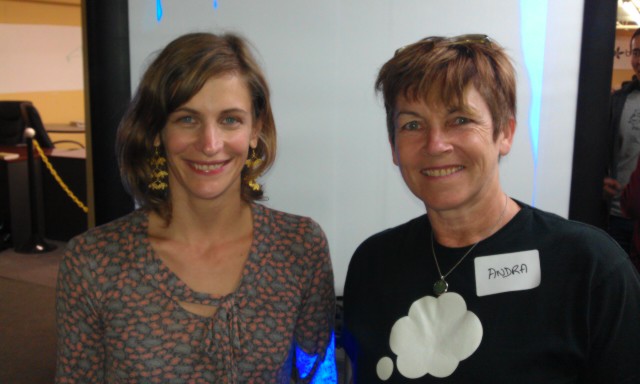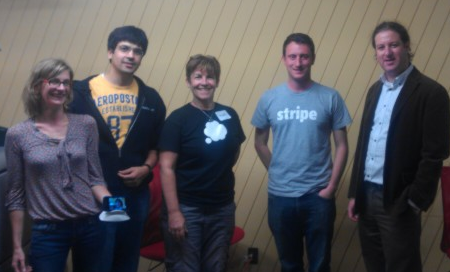
Robohub.org
A #botiful evening at Robotics Meetup

Claire Delauney’s Botiful Kickstarter campaign is in its last hours and as she crosses the funded line, Claire shares with us some of her strategies and insights into running a successful Kickstarter. (SF Bay Area Robotics Meetup) No, it isn’t always easy or #botiful, but Claire’s tips include:
- Have a captivating video with a clear message in the opening seconds.
- Engage with audience via updates – extend your story.
- Conversion rates are very low, so you have to reach beyond your own channels.
- It takes 100s of attempts to get media/blog interest.
- Be full time on your campaign, and in hindsight, also engage a PR specialist.
Jeremy Conrad, from Lemnos Labs, had some price point insights:
- Add 40% margin to your max cost estimate to protect against unforeseen.
This is a great tip because many campaigns that I’ve seen operate on a “we only charge what we’ll need to manufacture”. Firstly, this doesn’t leave you with any margin when shit does happen, and potentially leaves you out of pocket or your backers without any rewards. Secondly, unless you only want to make one batch of your robot, how are you going to distribute in future?
Distributors need to have a margin on top of manufacture and if you set the public expectation of your price point below the final market price, then you aren’t an attractive distribution prospect. It’s not enough to think about how to fund the project. You have to think about how to manufacture and distribute afterwards, including packaging and branding, so that future products have some tie in.
I provided an introduction to the Meetup with some Kickstarter “robot” project statistics, which I’ve scraped from their site. I’ll share a full post later on but in brief:
- 50% projects are unsuccessful
- Kickstarter is a long tail business – drop off in $ raised from 1st to 10th is huge.
- Majority of projects are about $3000-$4000
- Average pledge is $80ish but median pledge is closer to $30
- Claire Delauney (Botiful) – Botiful campaign (video & updates)
- Elad Inbar (Robot App Store) – Botiful/RAS blog dialogues
- Saurabh Palan (iRoboticist) – most number of #botiful shares (twitter, facebook and face to face)
- Jeremy Conrad (Lemnos Labs) – promoting and supporting robot startups & events generally
tags: Botiful, Kickstarter, Lemnos Labs, robot, Robot Launchpad, robot startups





